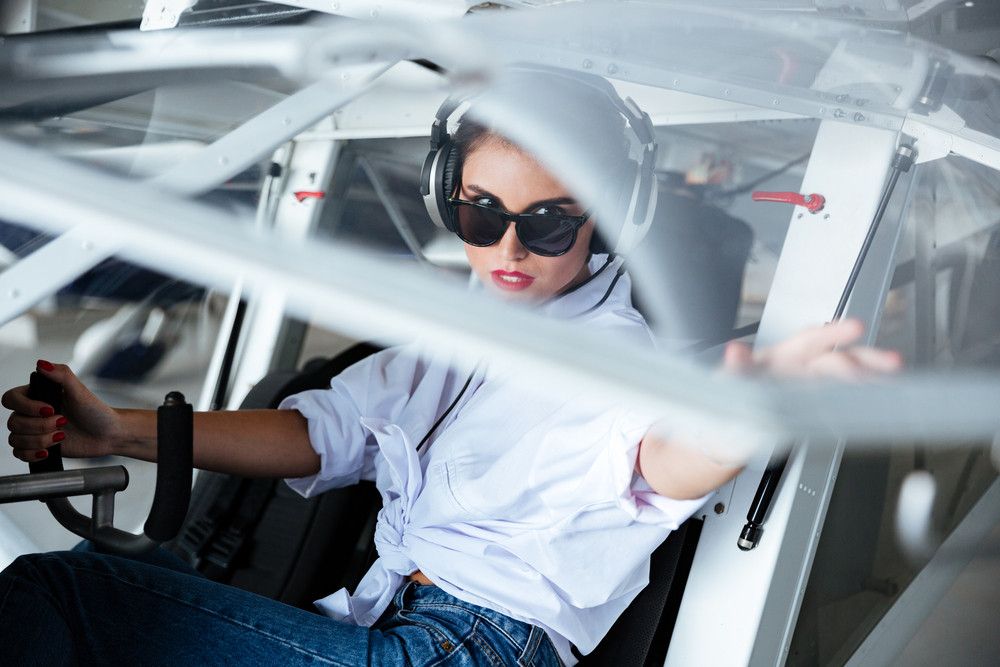Obtaining your first PIC type rating is an essential milestone. Here’s why your first Citation PIC type rating should be earned in the actual aircraft.

Why Your First Citation PIC Type Rating Should Be in the Actual Aircraft
Why Your First Citation PIC Type Rating Should Be in the Actual Aircraft
Obtaining your first Pilot in Command (PIC) type rating is an essential milestone, however, the decision of how and where to get your first type rating is important. Here’s why your first Citation PIC type rating should be earned in the actual aircraft;
1. Supervised Operating Experience.
Under 14 CFR Part 61, if you were to obtain your first type rating in a full flight simulator, your type rating would NOT allow you to fly as pilot in command until you have documented 25 hours under the supervision of an experienced CE-525 Captain to get a limitation removed from your pilot certificate.
Here is an extract from 14 CFR Part 61.31 (f) and (g):
(f) If the applicant does not meet one of the experience requirements of paragraphs (b)(1) through (5), (c)(1) through (5), (d)(1) through (4)
or (e)(1) through (4) of this section, as appropriate to the type rating sought, then -
(1) The applicant must complete the following tasks on the practical test in an aircraft appropriate to category, class, and type for the
rating sought: Prefight inspection, normal takeoff, normal instrument landing system approach, missed approach, and normal landing; or
(2) The applicant's pilot certificate will be issued with a limitation that states: “The [name of the additional type rating] is subject to pilot in command limitations,” and the applicant is restricted from serving as a pilot in command in an aircraft of that type.
(g) The limitation described under paragraph (f)(2) of this section may be removed from the pilot certificate if the applicant complies with the following -
(1) Performs 25 hours of flight time in an aircraft of the category, class, and type for which the limitation applies under the direct observation of the pilot in command who holds a category, class, and type rating, without limitations, for the aircraft.
(2) Logs each flight and the pilot in command who observed the flight attests in writing to each flight;
(3) Obtains the flight time while performing the duties of pilot in command; and
(4) Presents evidence of the supervised operating experience to any Examiner or Flight Standards District Office to have the limitation removed.
This means that it is important to do all the training and the practical tests in the actual aircraft for your first type rating under the FAA system.
2. Actual Aircraft Training Experience
Training in the actual aircraft is more immersive and practical and inevitably will involve real-world situations that are less easy to create in a Full Flight Simulator.
3. Instructor Expertise and Proficiency
One of the key benefits of earning your Citation PIC type rating through Jet Safety International is the quality of instruction. Our instructors are all highly experienced professional pilots with significant flight experience in the actual aircraft thus enhancing the training experience.
4. Training Tailored to Your Needs (including in your own aircraft if appropriate)
Unlike standard training programs, Jet Safety International tailors its Citation PIC type rating course to the individual needs of each pilot. Our FAA-approved CE-525 ground school, which lasts 6 to 12 days depending on the background and experience of the pilot under training., covers critical areas like aircraft systems, performance, and weight & balance, while our in-aircraft instruction offers real-time training to proficiency.
If you’re considering obtaining your first Citation PIC type rating, the Supervised Operating Experience (SOE) regulations strongly favor training in the actual aircraft.
Ready to take the next step in your aviation career? Contact Jet Safety International today to learn more about our comprehensive PIC type rating programs and how we can help you achieve your goals in the cockpit.
